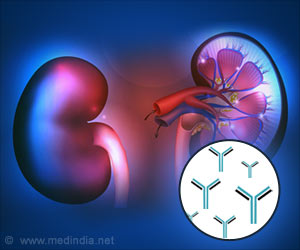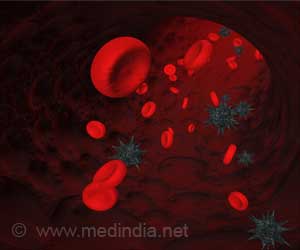A study has come out with the good news that in the last six years, death rates and heart failure in hospitalized heart attack patients have fallen sharply- most likely because of better treatment.
A study has come out with the good news that in the last six years, death rates and heart failure in hospitalized heart attack patients have fallen sharply- most likely because of better treatment.
According to the researchers, the promising trend parallels the growing use of cholesterol-lowering drugs, powerful blood thinners, and angioplasty, the procedure that opens clogged arteries.Says lead author Dr. Keith Fox, a cardiology professor at the University of Edinburgh: “These results are really dramatic, because, in fact, they're the first time anybody has demonstrated a reduction in the development of new heart failure."
The six-year study was based on nearly 45,000 patients in 14 countries who had major heart attacks or dangerous partial artery blockages. The percentage of patients who died in the hospital or who developed heart failure was nearly cut in half from 1999 to 2005.
It was also observed that the heart attack patients treated most recently were far less likely to have another attack within six months of being hospitalized when compared to the patients treated six years earlier - a sure sign that the more aggressive efforts of doctors in the last few years are working.
The researchers agree that there have been other signs that better treatment of heart patients has been saving lives, yet not on a so large a scale as scale as this international study, they stress. "It's much more dramatic than we expected, in the course of six years," Fox was quoted.
The new study follows landmark research results in March that showed angioplasty is being overused on people who have chest pain but are not in immediate danger of a heart attack. But this popular procedure, which typically uses stents to keep an unclogged vessel open, is still a powerful tool for saving those who are having a heart attack or are at high risk of one.
Advertisement
The research showed that in 2005, 4.6 percent of the heart attack patients died in the hospital, compared with 8.4 percent in 1999. Heart failure developed in 11 percent of heart attack patients in 2005, versus nearly 20 percent in 1999. And just 2 percent had subsequent heart attacks in 2005, compared to 4.8 percent previously. Improved outcomes also were found in those with partial blockages, which include less severe heart attacks.
The study "is the first report of what's actually going on in the real world," says Dr. Joel Gore, a co-author and cardiologist at the University of Massachusetts Medical Center.
Recommendations in the guidelines include quick use of aspirin or more potent blood thinners; beta blockers to reduce the damaged heart's oxygen needs, statins to lower cholesterol, ACE inhibitors to relax blood vessels, and angioplasty to open blocked vessels soon after hospital arrival.
It was seen that use of each of these treatments climbed during the study and in some cases more than doubled. For example, 85 percent of heart patients studied got cholesterol drugs in 2005 versus just 37 percent in 1999, 78 percent got potent blood thinners including Plavix versus 30 percent in 1999, and 53 percent had quick angioplasty, compared to just 16 percent six years earlier.
The study is published in the Journal of the American Medical Association.
Dr. Steven Nissen, former president of the American College of Cardiology and a Cleveland Clinic heart specialist, opines that the study does not prove the recommended treatments are saving lives, yet it can be concluded. "I really am encouraged that those things that appear in our guidelines are being used by physicians around the world," Nissen was quoted.
American Heart Association spokesman Dr. Sidney Smith, said the results are "exactly what we would hope would happen from the major efforts in this area over the past decade. “Yet, the tragedy is that too many patients delay before coming to the hospital," Smith added.
Source-Medindia
ANN/M











